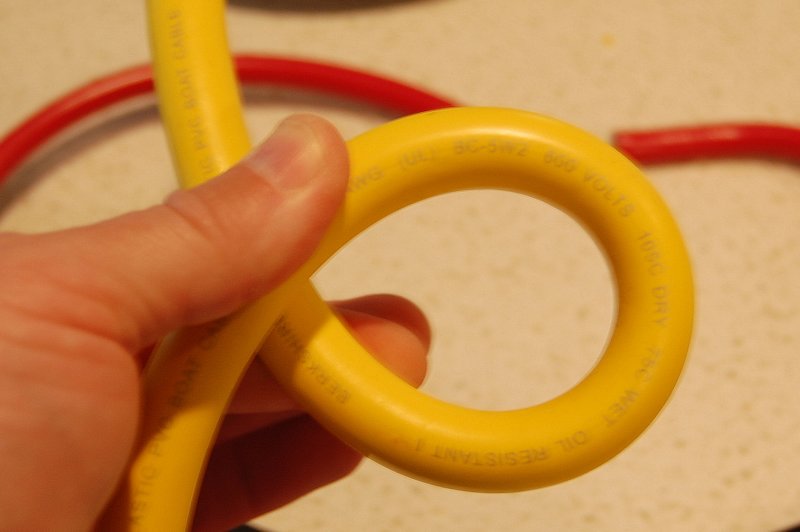Hey! Wait a minute!
Thanks for all the help guys.
I'm not through! We haven't killed this project yet!
In my previous job I had kinda fun reviewing Government proposed projects and often wound up "killing" them because the cost/benefit ratio skyrocketed. Kept finding "little things" that the Project Managers either didn't consider or tried not to include because it would drive the cost of their project up and it wouldn't get funded. I really don't mean to do that here, but .... just one more little thing.....
What about ..... ahem, let me rephrase that, let's see.... how can I word this? Dang, there's no easy way.
What is the situation with the batteries and the battery boxes, or battery space? That is, is the inverter/charger in the same space? Or some other electrical item that can cause sparks, like maybe the battery selector switch? If so, that could be a problem.
Our little Freedom 10 puts out 50 amps when charging and that's enough to gas the electrolyte in the batteries. I located the inverter in the lazarette which is separated from the battery compartment because of the gassing when the batteries are being charged. Also, the alternator is capable of putting out in excess of 100 amps when it first starts and is cold. It was actually bench tested at over 130 amps when cold and when new. Doesn't do that much anymore because of it's age, though. It's a 70 amp Balmar.
So, just something else to think about....
I'm into these little details because I've seen a deep cycle battery that had it's top blown off due to a spark. Seems that a battery cable was disconnected while it was being charged with a battery charger and it (the battery) sure didn't look very pretty although the plates actually looked pretty good. Don't know if there was a fire or not but it didn't look burned or melted.
Anyhow.....
... Let's see, Christmas is right around the corner and is it snowing there yet? I've got this for you (to the tune of Partridge in a Pear Tree):
10 feet of black cable,
9 feet of yellow cable,
8 battery lug covers,
7 (geeze, can't think of anything - help!)
6
5
4
3
2 battery selector switches, and a
brand new e-lec-tri-cal $ystem.
(always willing to help - with someone else's time and money, of course)
Oh, and thank you for thanking us for, ahem, "helping."





